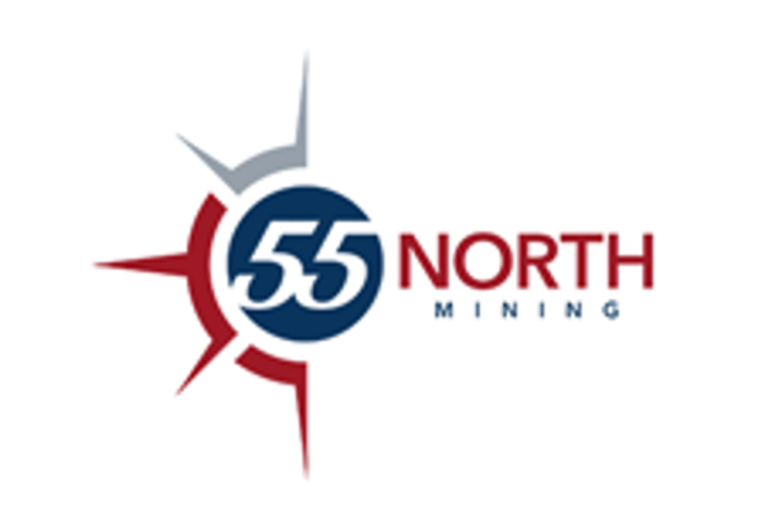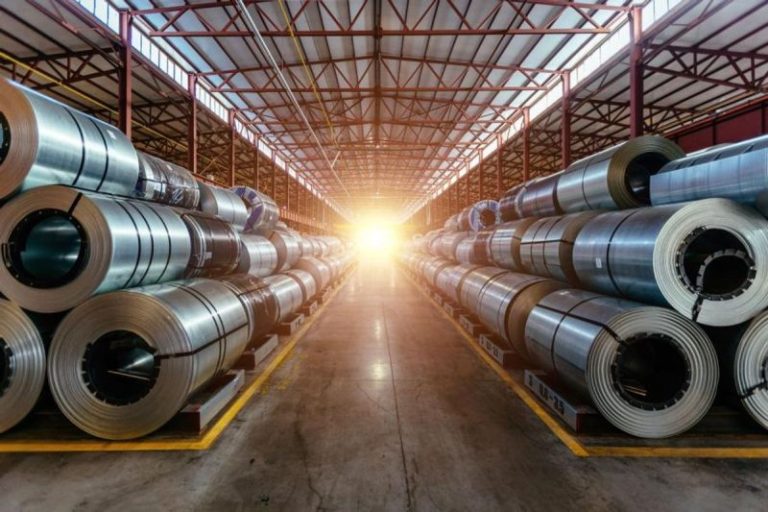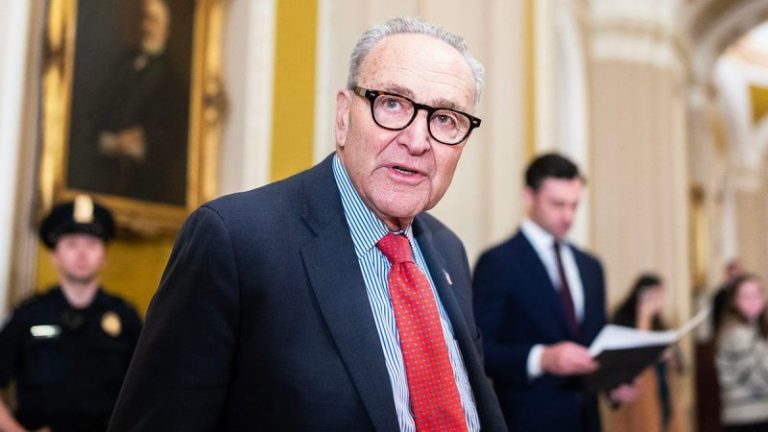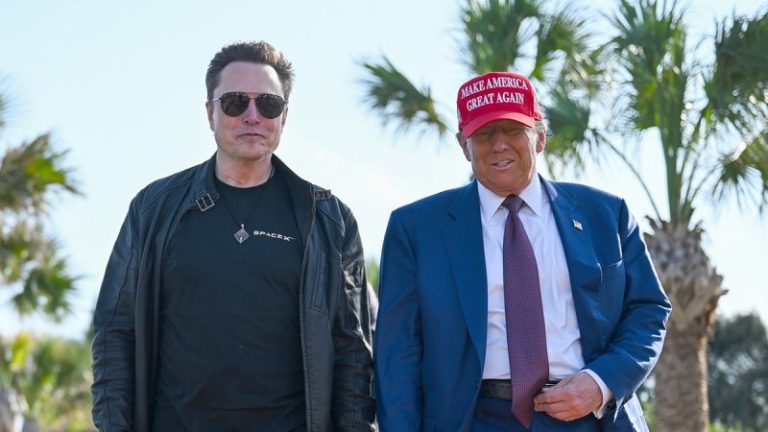Back on Inauguration Day, few in Washington would have believed that the highly publicized friendship between President Donald Trump and Elon Musk would implode before the year’s end.
No political partnership burned brighter or fizzled faster than Trump and Musk’s in 2025. What began as a joint crusade to cut federal spending through the newly minted Department of Government Efficiency quickly devolved into a public falling out that unfolded in a full-blown social media feud.
As 2025 comes to a close, here’s a look back at the biggest political breakup of the year.
October 2024 — First public appearance together
The 2024 presidential campaign was the driving force for the high-profile partnership that ensued.
After the first Trump assassination attempt at a rally in Butler, Pennsylvania, on July 13, 2024, Musk endorsed Trump in an X post. Musk went on to donate more than $200 million to Trump’s presidential campaign through his super PAC, America PAC.
While the two appeared together for a virtual town hall that August, the X owner and Tesla CEO made his first public appearance with Trump on Oct. 5, as the soon-to-be president returned to Butler three months after the shooting and one month before Election Day.
Musk was jumping for joy as he joined Trump on stage.
November 2024 — Musk appointed to lead DOGE
After Trump won the 2024 presidential election, Musk was appointed to lead the Department of Government Efficiency.
On stage in Mar-a-Lago in Palm Beach, Florida, after winning the election, Trump said of Musk, ‘A star is born!’
Two weeks after the election, Trump and his family attended the SpaceX ‘Starship’ launch with Musk.
January 2025 — Inauguration Day
Trump made DOGE official on Inauguration Day by signing an executive order to cut waste, fraud and abuse in the federal government with a mandate to modernize ‘Federal technology and software to maximize governmental efficiency and productivity.’
Musk joined fellow tech moguls Jeff Bezos, Tim Cook and Mark Zuckerberg for Trump’s inauguration.
Early 2025 — DOGE cleans house
As the Trump administration got settled, DOGE got to work pursuing Musk’s ambitious goal of cutting up to $2 trillion from the federal budget.
As of October 2025, DOGE has saved approximately $214 billion through a combination of asset sales, contract or lease cancellations, fraud and improper payment deletions, grant cancellations, interest savings, programmatic changes, regulatory savings and workforce reductions, according to the DOGE website.
When tens of thousands of federal workers were laid off, protests began erupting across the United States, rejecting Musk’s leadership and Trump’s sweeping, second-term agenda.
March 2025 — Trump buys a Tesla
Amid growing discontent directed at Musk and DOGE, Tesla stocks began seeing a drop earlier this year.
Meanwhile, Musk’s political involvement prompted push back from protesters. Tesla vehicles, charging stations and dealerships were targeted in a string of vandalism attacks.
In a show of support for Musk, Trump turned the White House South Lawn into a Tesla showroom and bought a red Tesla Model S.
‘He’s built this great company, and he shouldn’t be penalized, because he’s a patriot,’ Trump said.
May 2025 — Musk departs DOGE
By May, Musk began paring back his hours leading the controversial agency.
According to the Office of Government Ethics, ‘special government employees’ like Musk can work for the federal government no more than 130 days a year, which in Musk’s case was May 30.
On his last day at DOGE, Musk joined Trump in the Oval Office for a press conference celebrating the billionaire’s legacy.
June 2025 — Musk torches OBBB
Soon after Musk left the White House, Trump and Musk had their ‘big, beautiful’ breakup, fueled by congressional negotiations for Trump’s One Big Beautiful Bill Act.
‘I’m sorry, but I just can’t stand it anymore,’ Musk said in a post on June 3. ‘This massive, outrageous, pork-filled Congressional spending bill is a disgusting abomination. Shame on those who voted for it: you know you did wrong. You know it.’
Trump’s megabill included tax cuts, green energy spending cuts and Medicaid reform, but fiscal conservatives, like Musk, argued it didn’t do enough to reduce the nation’s $38 trillion debt crisis.
Trump told reporters he was ‘very disappointed’ in Musk’s criticism of his marquee megabill.
‘Elon and I had a great relationship. I don’t know if we will anymore,’ Trump said.
Musk then fired back on X, arguing that, ‘Without me, Trump would have lost the election, Dems would control the House and the Republicans would be 51-49 in the Senate.’
The Tesla CEO urged Trump to ‘keep the EV/solar incentives cuts in the bill.’
After Musk fired off several posts on X, Trump started firing back on his own social media platform, writing on Truth Social that Musk was ‘wearing thin’ and claiming that he asked Musk to leave the White House.
‘I took away his EV Mandate that forced everyone to buy Electric Cars that nobody else wanted (that he knew for months I was going to do!), and he just went CRAZY!’ Trump said.
The president then threatened to ‘terminate Elon’s Government Subsidies and Contracts.’
Musk fired back with a ‘really big bomb,’ accusing Trump of being ‘in the Epstein files.’
‘This is an unfortunate episode from Elon, who is unhappy with the One Big Beautiful Bill because it does not include the policies he wanted. The President is focused on passing this historic piece of legislation and making our country great again,’ White House press secretary Karoline Leavitt said in response.
July 2025 — Fall-out fireworks
Congress narrowly passed Trump’s One Big Beautiful Bill Act by a self-imposed July 4 deadline.
Ahead of its final passage, Musk renewed his criticism of the reconciliation bill on social media.
In response, Trump threatened to use DOGE to investigate Musk’s government subsidies for his companies.
September 2025 — Brought together at Charlie Kirk’s memorial service
Months later, Trump and Musk reunited to honor the conservative activist Charlie Kirk, who was assassinated during a Turing Point USA event in Orem, Utah, on Sept. 10.
Trump and Musk were spotted shaking hands at Kirk’s memorial service in a box at State Farm Stadium in Glendale, Arizona.
‘For Charlie,’ Musk later responded to the photo on X.
October 2025 — Trump offers kind words
Aboard Air Force One on Oct. 27, Trump seemed to bury the hatchet when asked about Musk.
‘During Charlie’s beautiful tribute, Elon came over. It’s good with Elon. I like Elon. I have always liked Elon. Elon’s good,’ Trump said.
When asked if he had spoken to Musk since Kirk’s memorial, Trump said the two have spoken ‘on and off, a little bit, very little, nothing much.’
‘Look, he’s a nice guy, and he’s a very capable guy. I have always liked him. He had a bad spell. He had a bad period. He had a bad moment. Stupid moment in his life. Very stupid. I’m sure he’d tell you that, but I like Elon, and I suspect I will always like him,’ Trump added.
November 2025 — Musk back at the White House
On Nov. 18, Musk attended a White House dinner as Trump hosted Saudi Crown Prince Mohammed bin Salman.
December 2025 — Moving forward
The dust seemed to settle on Trump and Musk’s ‘big, beautiful’ breakup as 2025 came to a close.
FOX Business’ Edward Lawrence asked Trump during a cabinet meeting on Dec. 2 whether Musk was ‘back in [his] circle of friends’ after their falling-out.
‘Well, I really don’t know. I mean, I like Elon a lot,’ Trump responded.
Musk did not immediately respond to Fox News Digital’s comment request.
Fox News Digital’s Emma Colton contributed to this report.
This post appeared first on FOX NEWS










